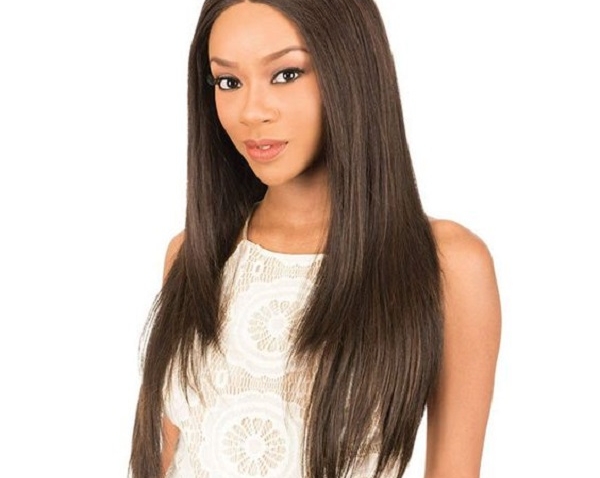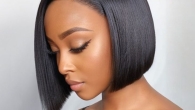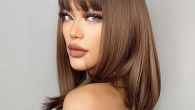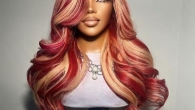
Exploring the Tradition: Why Lawyers Wear Wigs
The Historical Significance of Wigs in Court
The Rise of the Peruke: Fashion and Disease
Why do lawyers wear wigs? The peruke made its mark in the 17th century, spurred by a syphilis epidemic. Long, curly wigs covered baldness caused by the disease. This trend extended to England’s high society, where showing wealth and health through hair was critical. King Charles II embraced the wig fashion, changing court attire forever.
Wigs also offered a practical solution for head lice, easier to sanitize than one’s own hair. They quickly became a symbol of sophistication and professional dress among lawyers and judges.
Wigs as a Symbol of Legal Authority
Why do lawyers wear wigs? Legal wigs, though initially a mark of fashion, evolved into symbols of authority. By wearing wigs, barristers and judges projected formality and gravitas within the courtroom. These wigs visually reinforced the law’s power over personal circumstances.
Beyond fashion, wigs created a sense of continuity and respect for legal history. They served to distinguish the legal profession from the general populace, maintaining a tradition that emphasized the solemnity of justice.
The Evolution of Legal Attire
The dress code for lawyers has profoundly changed over the centuries, adapting to societal norms and legal traditions. What we now recognize as the formal attire for barristers and judges has evolved from practical beginnings to a ceremonial uniform that carries weight and respect within the halls of justice.

The Transformation from Short Hair to Ceremonial Wigs
Before the 17th century, the expectation for legal professionals was to sport short hair and well-groomed beards. This all changed with the fashion and health crises of the time. Outbreaks of diseases like syphilis led to hair loss, propelling the need for hairpieces. These perukes, as they were known, not only served to cover baldness but also became a marker of social status and professionalism. As wigs gained popularity, they transitioned from a solution to a problem to an essential element of court attire.
Adoption of Wigs by British Barristers and Judges
The turning point for wigs in the courtroom was the reign of Charles II, who normalized wig wearing among the English elite. Legal professionals were among the last to adopt this trend around 1685. As wigs became linked with the concept of authority, they began to symbolize the law’s sober majesty. Wigs separated judicial figures from the public, enhancing the gravitas of the legal process. This practice solidified the image we associate with British legal professionals: barristers and judges adorned with distinctive white curled wigs, upholding a tradition that now spans over three centuries.
Perukes as a Tradition of Anonymity and Uniformity
Creating a Visual Separation between Law and Civilians
Why do lawyers wear wigs? The use of wigs, or perukes, in British courts serves a higher purpose than mere tradition. It creates a visible divide between the legal professionals and the public they serve. This anonymity helps maintain a focus on the law itself, rather than on the individuals. It is the uniform that symbolizes impartial justice, keeping personal identities secondary to the legal roles being undertaken. Barristers and judges, by donning their wigs, embody the neutrality required for fair and unbiased proceedings.
The Role of Wigs in Preserving Courtroom Formality
Wigs are more than a quaint British custom; they uphold a legacy of courtroom solemnity. Their presence in the courtroom is a signal of the gravity and dignity that the justice system demands. The wearing of wigs by barristers and judges is a performative expression of continuity with the past. It reinforces the importance placed on the structures of the courtroom and the formal nature of judicial conduct. This formality is vital in maintaining respect and high standards within the legal process.
The Practicality and Challenges of Wearing Wigs
The High Cost and Craftsmanship of Legal Wigs
Legal wigs are not just a symbol; they carry a hefty price tag. Handmade from horsehair, they signify age-old craftsmanship. Judges’ full-length wigs can cost more than $3,000. Barristers’ wigs are less, yet still over $600. Costs reflect the skill and time to style, sew, and glue these perukes. Synthetic versions exist too. Their high cost raises questions about accessibility for aspiring legal professionals.

Addressing Concerns over Racial and Religious Exclusion
Wigs in courtrooms have sparked debate. They can be divisive, especially regarding racial and religious diversity. For those with afros or religious head coverings, fitting a wig poses challenges. There’s an exemption for religious headscarves or turbans, as long as they are sober-colored. But no similar exemption exists for those showcasing ethnic hairstyles. This lack of inclusivity has led some to call for change. Barristers like Leslie Thomas QC have voiced concerns. They argue the wig tradition excludes and does not reflect today’s diverse legal community.
Modern Perspectives on the Courtroom Wig
The debate on courtroom wigs is ongoing. Some value tradition, others call for modernizing. Traditions in legal attire like wigs show respect for past court practices. Yet, many question their place today.
Arguments for Maintaining Tradition versus Calls for Modernization
Proponents of wigs argue they lend seriousness to court proceedings. Wearing wigs maintains a link with legal history. Critics say wigs are outdated. They push for attire reflecting modern society.
Legal procedure’s solemnity is not lost on either side. Tradition supporters see wigs as symbols of continuity. Modernizers believe updated attire could still honor legal heritage.
The Impact of Wigs on Gender, Racial, and Age Perceptions
Wigs can influence impressions of barristers. They help some avoid bias based on gender, race, or age. For others, wigs pose a challenge, especially for diverse identities. Some barristers face difficulty wearing wigs over turbans, headscarves, or afros.
Wigs often conceal personal attributes. This uniformity aids anonymity in courts. Nevertheless, the question arises: Can attire be both inclusive and respectful of tradition?
The Future of Wigs in the Legal Profession
Why do lawyers wear wigs? As times change, so do the customs and rules that govern how we present ourselves professionally. In the realm of the legal profession, the future of courtroom wigs is the subject of much debate. Through examining modern practice and emerging trends, we gain insight into where tradition may adapt or hold firm.

Current Regulations and Trends in Courtroom Attire
The current regulations for courtroom attire vary, with many areas easing strict dress codes. In several countries, wigs are now optional or reserved for only the most formal occasions. The shift reflects a growing tendency towards practicality and the diverse nature of the legal workforce. Yet, in criminal cases within the UK, wigs remain a steadfast tradition, symbolizing continuity and respect for jurisprudence heritage. The trends point to a balance, preserving tradition where it serves purpose and updating where necessary for inclusion and practicality.
Debating the Relevancy of Historical Dress in Modern Times
Is it time to retire the court wig, or does it still hold a valued place? The debate is lively. Advocates for keeping wigs cite their role in maintaining anonymity and equal footing in the courtroom. Others argue that historical dress has less relevance today and pushes for attire that reflects current societal norms. Some see the wig as an unnecessary barrier to inclusivity, potentially alienating members of diverse backgrounds. The discussions continue as the legal profession considers how to honor its past while embracing the present and future.












Leave a Reply